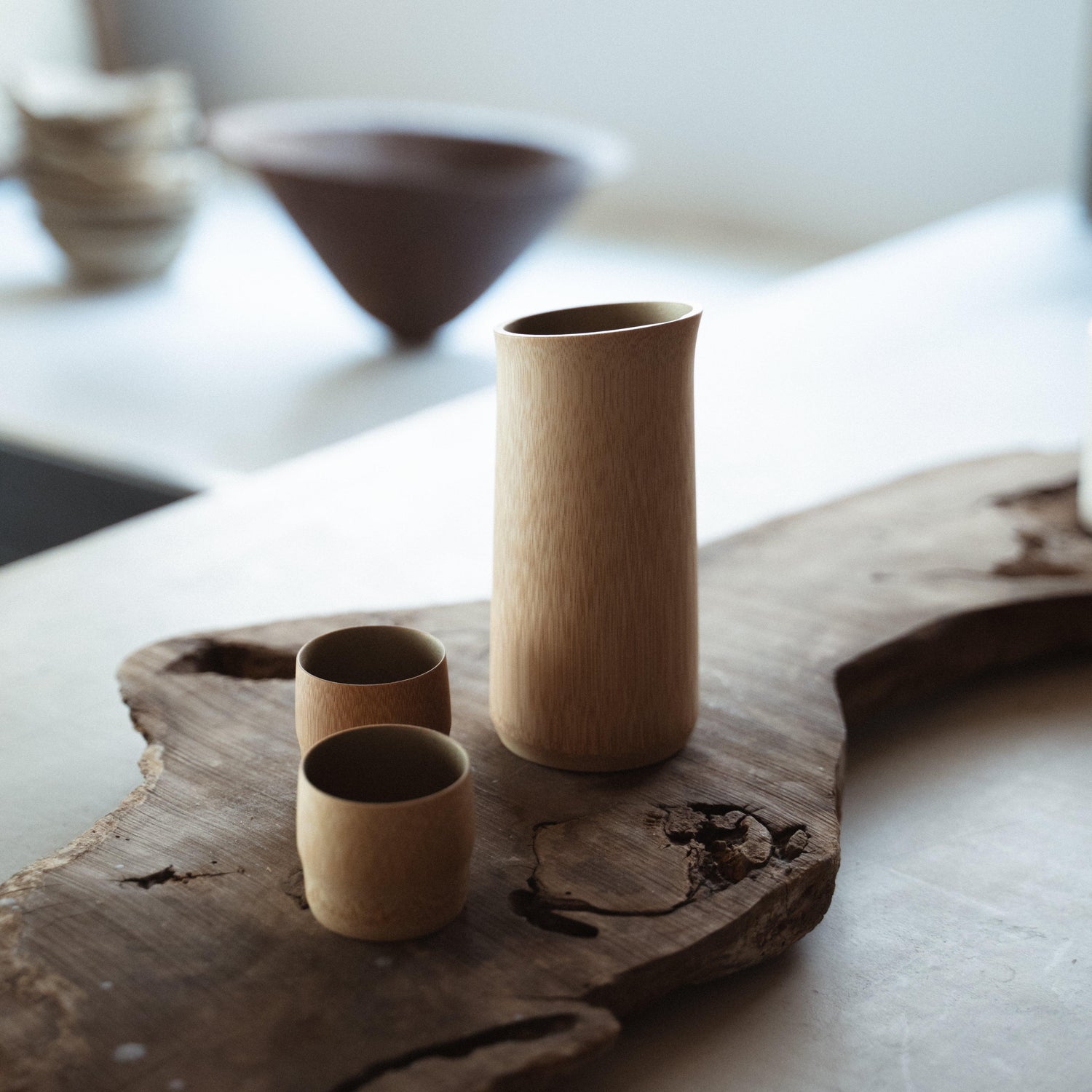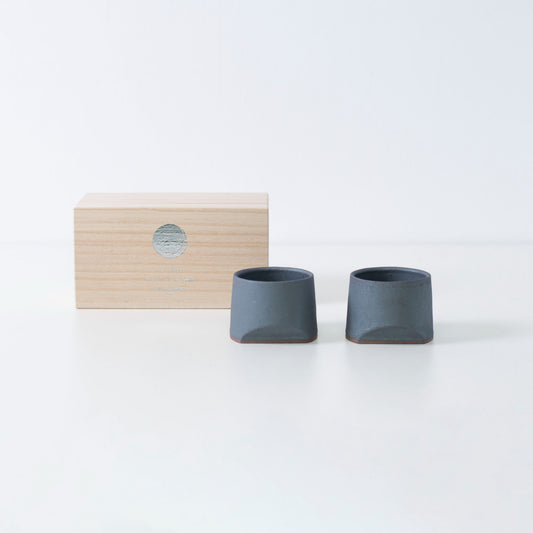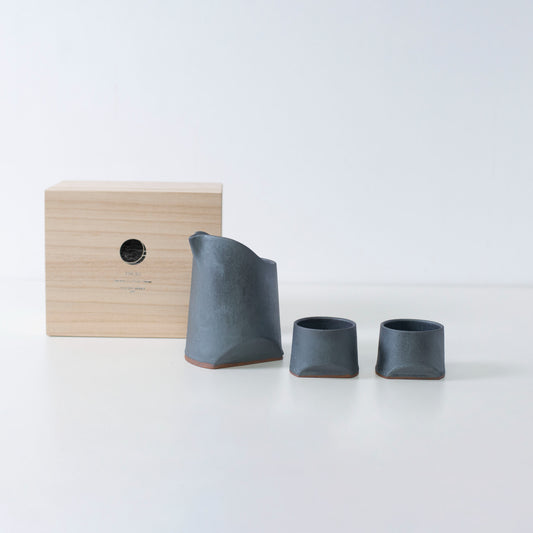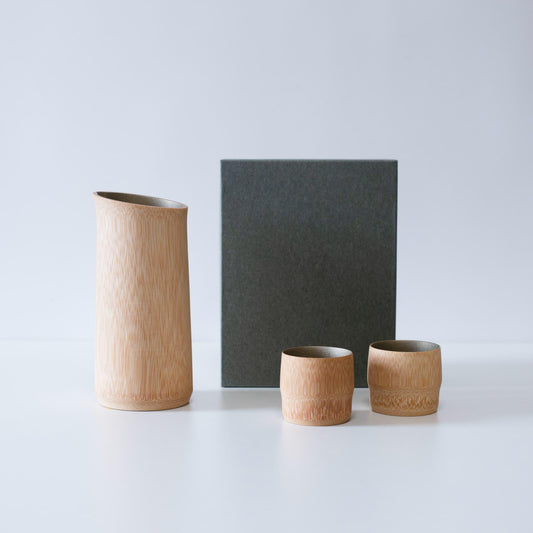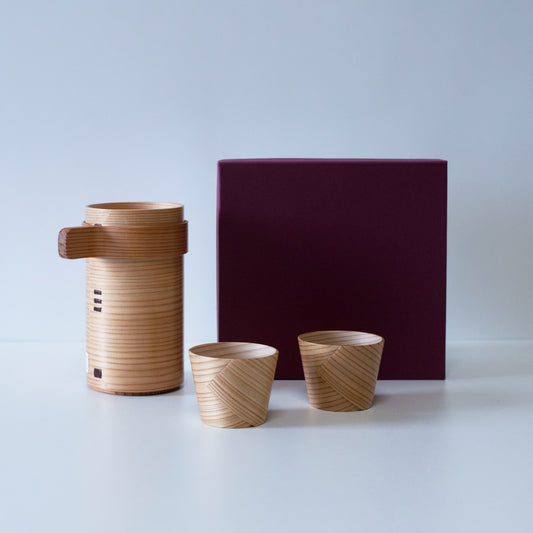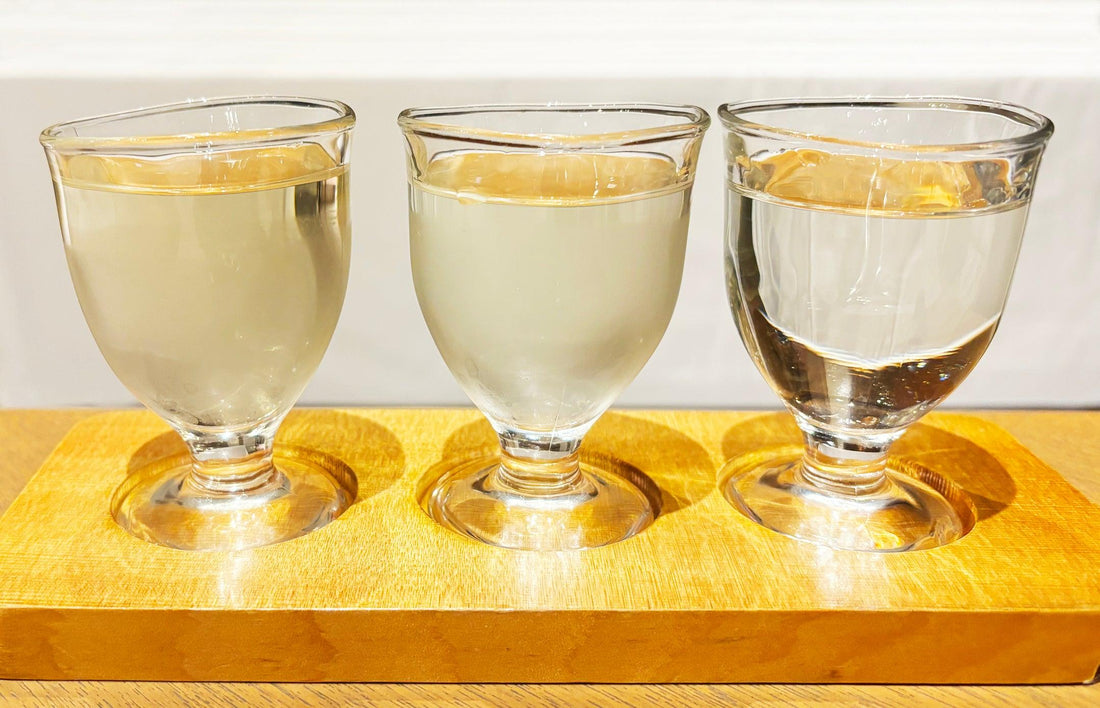
Sake Types Explained: Find Your Perfect Bottle
Share
Sake, known for its diversity and rich flavors, has captivated people all over the world. Even beginners, with a bit of knowledge and understanding of key points, can find a sake that suits their taste. This article provides a detailed explanation for sake beginners about the types of sake and how to choose them.
Table of contents
Types of Sake: A Beginner's Guide

When selecting sake, there are various criteria to consider, such as taste, ingredients, rice polishing ratio, and whether it's sweet or dry. The Sake Service Institute (SSI), based on data from tasting 21,000 types of sake, has categorized sake into four easy-to-understand types: "Refreshing," "Fragrant," "Rich," and "Aged." While not all sake can be classified into these four types, knowing them can make it easier to think of the kind of sake you’d like to drink at home or gift to friends and loved ones.
- Refreshing Sake: Light and smooth, with a clear and fresh aroma, making it easy to pair with meals.
- Fragrant Sake: High in aroma, clean and fruity with a fresh flavor, ranging from dry to sweet.
- Rich Sake: Umami and richness, a full-bodied rice flavor typical of sake, goes well with rich-tasting dishes.
- Aged Sake: Thick and complex in taste and aroma, with a rich sweetness and umami, reminiscent of dried fruits and spices.
The bottle labels don’t directly indicate these types, so here is a guide to the names and broad types of sake:
- Junmai Daiginjo (Fragrant, rice polishing ratio below 50%): Fruity and floral aromas, refined taste with a long finish. Best served chilled.
- Junmai Ginjo (Fragrant, leaning towards Rich, rice polishing ratio below 60%): Characterized by the umami of rice and a smooth, refined taste.
- Tokubetsu Junmai (Rich, rice polishing ratio below 60%): A complex and richly umami taste.
- Junmai (Rich, no specific rice polishing ratio): No specific rice polishing ratio, allowing for a full appreciation of the rice's umami.
- Daiginjo (Fragrant, rice polishing ratio below 50%, categorized as Honjozo): Fruity and floral, with a refined taste. Best enjoyed chilled.
- Ginjo (Fragrant, leaning towards Refreshing, rice polishing ratio below 60%, categorized as Honjozo): High in aroma, clear, and delicate in taste.
- Tokubetsu Honjozo (Refreshing, rice polishing ratio below 60%, categorized as Honjozo): Lighter and more refreshing than regular Honjozo.
- Honjozo (Refreshing, rice polishing ratio below 70%, categorized as Honjozo): Smooth and clean taste.
Additionally, there's an indicator known as amino acid level in sake, which reflects the umami and richness derived from amino acids. According to the National Tax Agency of Japan, the average levels are 1.34 for Ginjo, 1.58 for Junmai, and 1.38 for Honjozo. Lower amino acid levels indicate a cleaner, lighter sake, while higher levels contribute to a more complex umami taste, though too high can be perceived as off-flavors.
Best Sake to Gift: Impress Your Friends

When selecting sake as a gift, it's important to consider the recipient's preferences and the occasion. For beginners, easy-to-drink Junmai sake is a good choice, especially sweeter varieties, which can be more accessible for those not accustomed to sake. For special celebrations or to impress someone of higher status, opting for a well-known premium brand of sake is advisable. Daiginjo sake or those in special packaging can add a touch of exclusivity.
The price of sake can vary significantly based on the rice polishing ratio, production methods, and type of rice used. Especially, sake with a lower rice polishing ratio (more polished rice) tends to be clearer in taste but also higher in price. It’s crucial to choose the right sake according to your budget.
Sake, with its diversity and rich flavors, fascinates people worldwide. Even beginners can find their favorite sake by learning a little and understanding key points. This article has elaborated on the types of sake and how to choose them, aiming at sake beginners.

